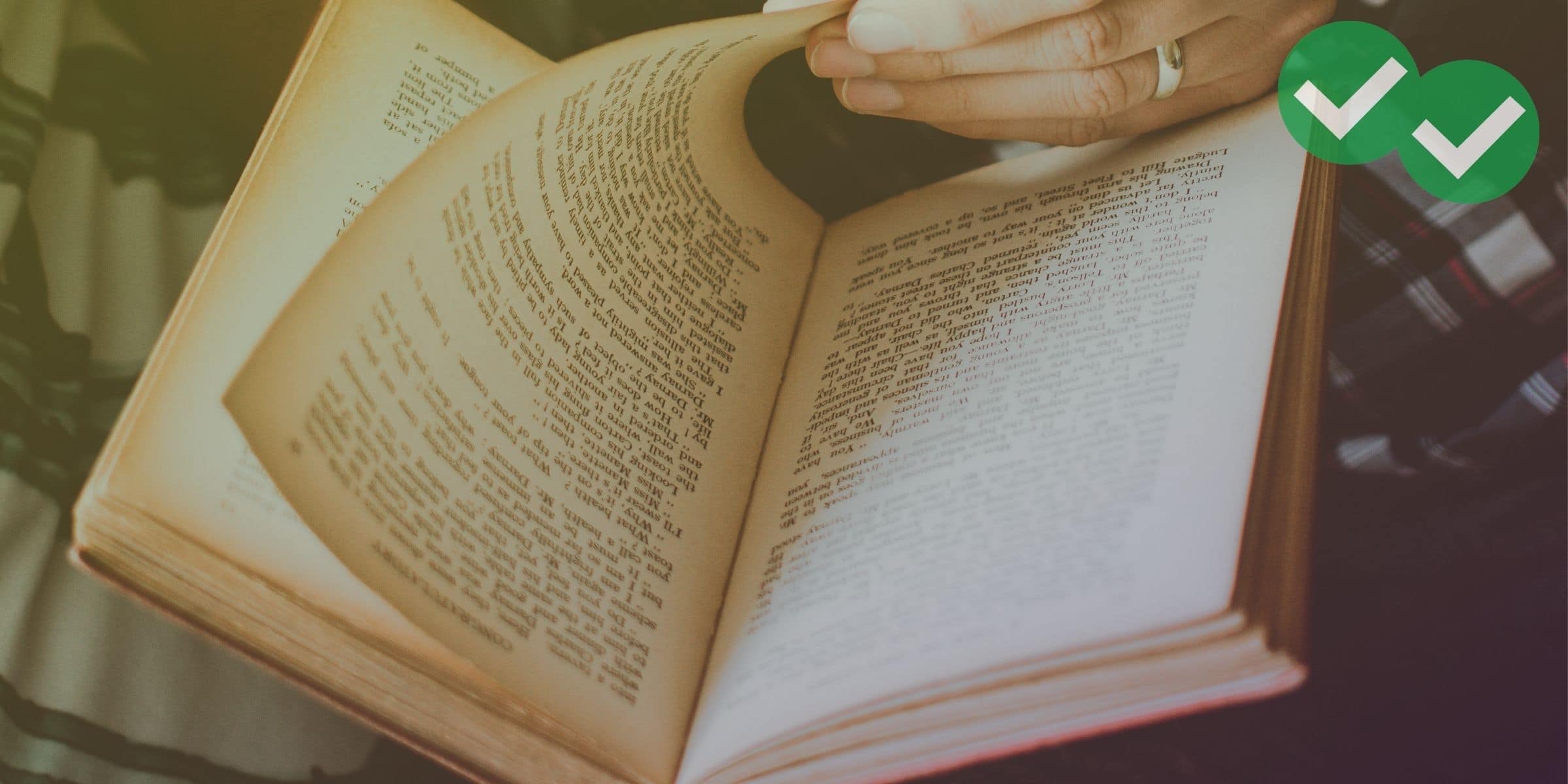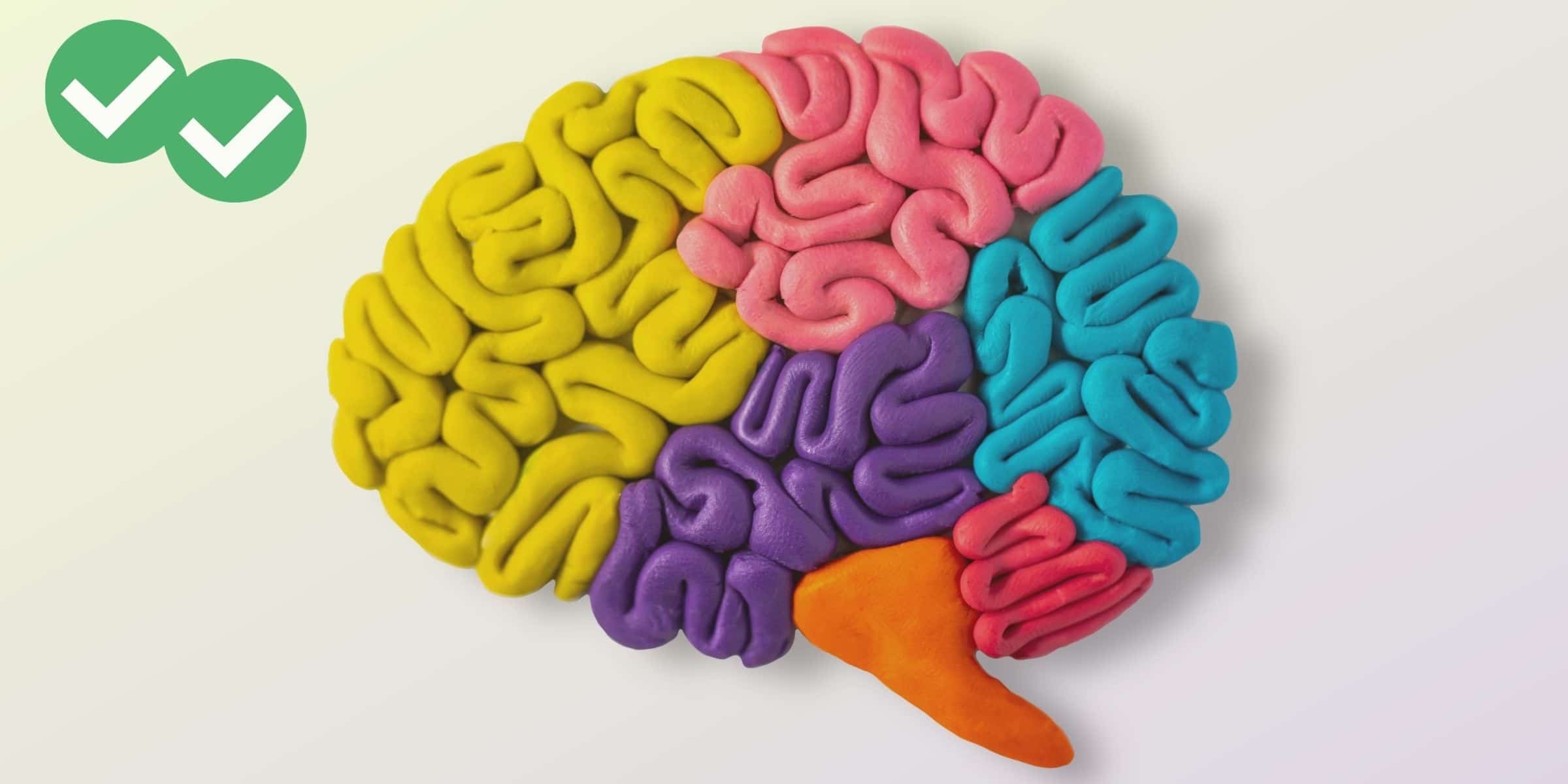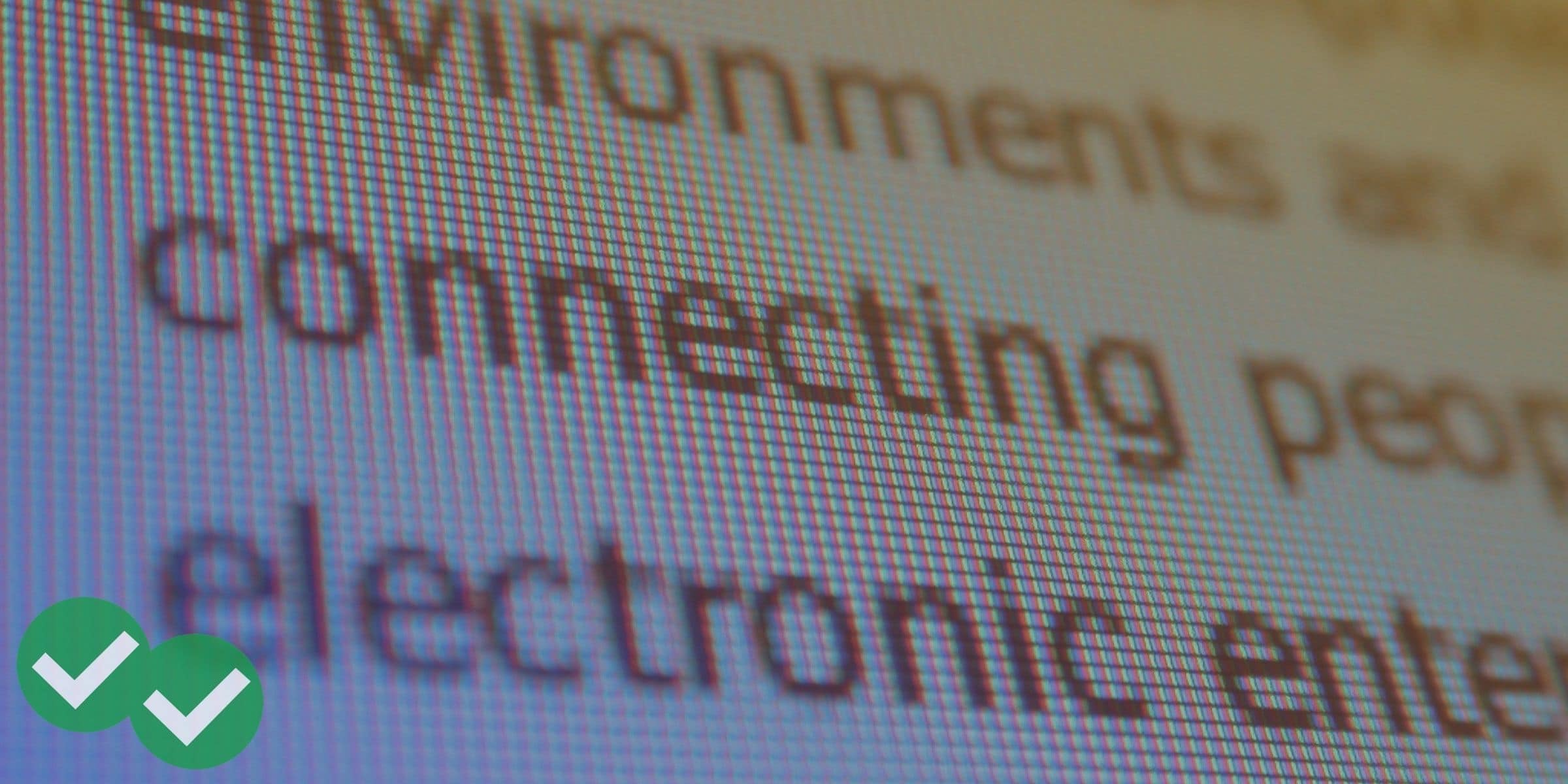
Not at your TOEFL Reading target score yet? There are several things you can do to boost your score. Here are a few tips and tricks.
Study the Academic Word List
There is a lot of academic vocabulary on the TOEFL, and the vocabulary in the Reading section is especially advanced. Some of this vocabulary can be found in word guides specifically designed for TOEFL prep, such as Magoosh’s TOEFL Vocabulary PDF.
But another great resource for studying academic words is the Academic Word List. This is a long set of words that linked to academic English. The list was put together by a team of expert linguists who worked to find all of the words you commonly see in English-language academic texts and lectures. You can see the full list here. There are also a lot of great online tutorials to help you learn the Academic Word List, such as the fill-in-the-blank AWL exercises at EnglishVocabularyExercises.com, or the Academic Word List lessons right here on the Magoosh TOEFL Blog.
Use comprehension strategies to understand new vocabulary and difficult passages
Word lists are helpful, but they don’t tell the whole story. You will always find some words on the TOEFL that you haven’t seen before, or don’t remember the meaning of.
Find ways to overcome vocabulary road blocks by using context clues. And make an effort to understand the whole meaning of a sentence, paragraph, or passage, even when you don’t understand individual words. Learn to to identify the main ideas in a TOEFL Reading passage — this will help you guess at the meaning of difficult words and phrases in each paragraph’s supporting details.
Balance reading the passage with answering questions
Some TOEFL test-takers make the mistake of reading the whole passage first before answering any TOEFL questions. This can waste valuable time. If you read the entire passage before you’ve looked at any questions, you won’t pay attention to the right details for each question. Then you’ll need to go back and double-check the passage for answers.
Instead, try one of three strategies for reading a TOEFL passage. You could look at the questions first and then check the passage for answers. Or you might skim the passage for main ideas before you reading the questions and checking for answers. Another option is to read the passage paragraph by paragraph, answering the questions for a paragraph as soon as you finish reading it. (In TOEFL Reading, each paragraph has its own subset of questions.)
Be very aware of your pace
TOEFL Reading is the only section of the TOEFL that has no listening tracks and no time limits per question. So you’ll need to be very time-conscious. Remember that you should spend about 20 minutes on each passage and question set. This gives you about 1 minute and 25 seconds per question. But it’s probably better to aim for just one minute per question. That way, you’ll have time to go back and check your answers for each question set.






Leave a Reply